DIY-focused Easier Than You Think: How to Remove Deep Scratches Without Repainting — Every American Can Do It
Sometimes a car gets multiple deep scratches that look so bad, you’d think a full repaint is the only fix.
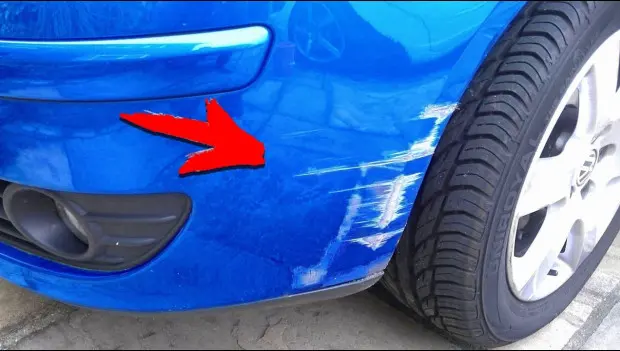
We’ve all seen it — clusters of deep, ugly scratches that seem impossible to hide without repainting the entire panel. But if your car still wears its original paint, that’s something worth preserving. A respray might look fine at first, but six months later the clear coat can start peeling because of poor prep work.
So today, I’ll show you a method I’ve used many times myself when I didn’t want to spend time and money on a full paint job — and yes, it really works. Often, you can hide up to 90% of the scratches, which means they’re almost invisible.
Let’s say your car looks like this:
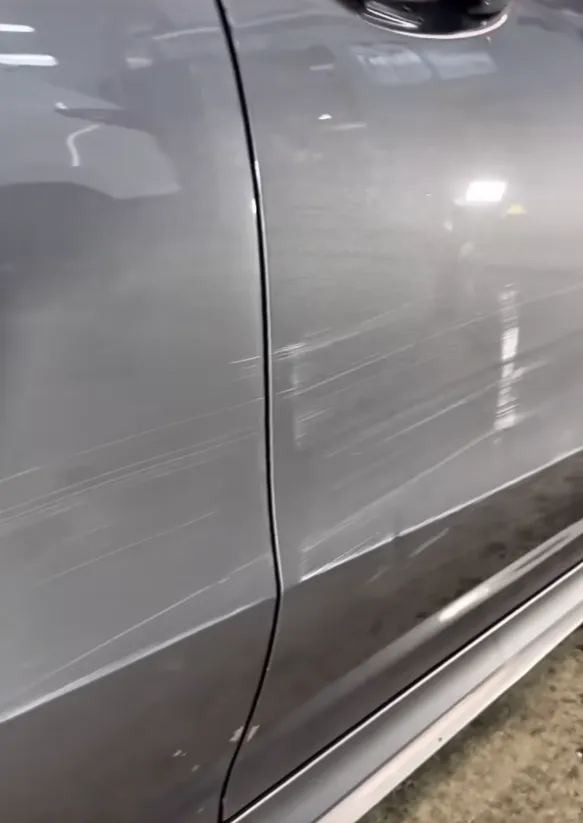
There are a lot of scratches, and some are deep, even leaving small dents.
Step 1: Sanding the area
Start with 1500-grit sandpaper and gently sand the scratched surface — I usually do this wet. The key is not to overdo it and rub through the clear coat. What you’re doing here is removing tiny surface scratches and giving the clear coat a fine texture for the paint to stick to.
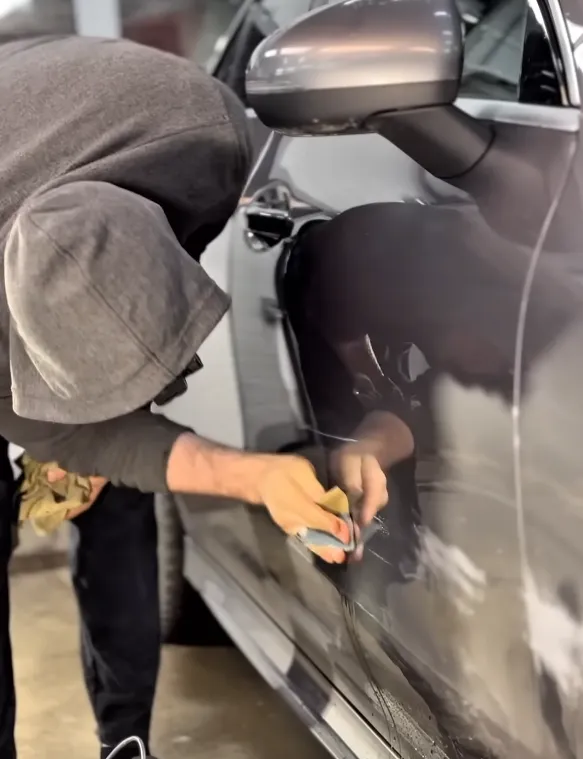
Step 2: Filling the scratches
Now grab a spray can of paint. You don’t have to match the exact color — just find something close, ideally a bit darker than your car’s color. In this example, black paint was used on the sanded area.
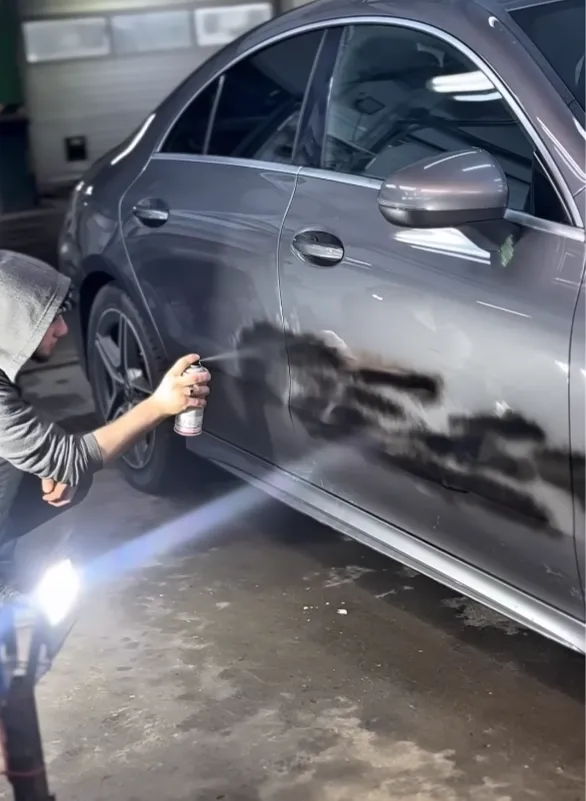
Don’t panic — all that paint will come off later. Because there’s no clear coat on top, it won’t stick firmly to the surface. What matters is that it fills in the scratches, which are usually lighter and stand out.
After the paint dries (about 30–60 minutes), take a polisher with a coarse compound and go over the area. The excess paint will quickly come off the car’s surface, but the paint inside the scratches will stay. That’s why, after polishing, the damage is far less noticeable.
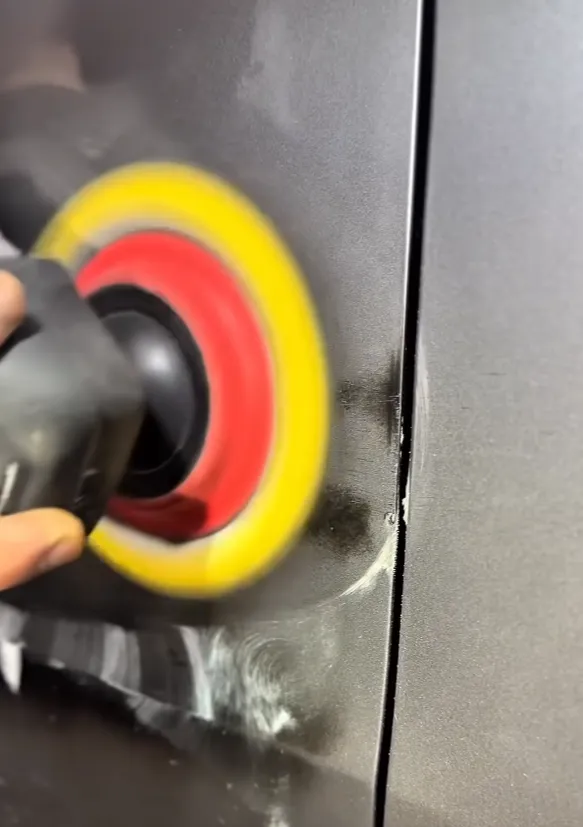
Step 3: Finishing touches
Once the main scratches are gone, it’s worth going over the area with a second and third polishing compound using the appropriate pads to remove any swirl marks. Even if you skip that step, the result will still look dramatically better than before.
And here’s the result:
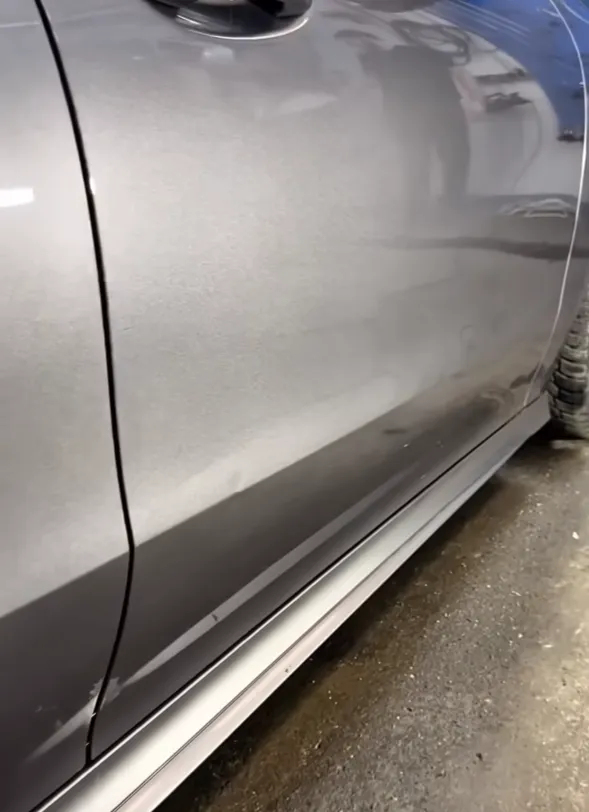
Compared to the “before” photo — it’s pure satisfaction. The whole job takes less than an hour.
Up close, you’ll still be able to spot the deepest scratches, but only if you look carefully. From about three feet away, they’re practically invisible, so the car’s appearance isn’t ruined anymore.
The downside: this fix doesn’t last forever. It’ll survive a couple of car washes and generally hold up for about a year. After that, the paint inside the scratches — since it isn’t sealed with clear coat — will start to fade and wash out, and the scratches will become more visible again.
Also, this thin paint layer offers only limited protection against corrosion. But if the scratch hasn’t gone through to bare metal — only down to the primer — you’re fine. It won’t rust.
You can repeat the process in about a year, but be careful. It’s crucial to know how thick your clear coat is. On some cars — especially Japanese models — doing this a second time can wear through the clear coat completely during polishing. At that point, you’ll have no choice but to repaint.
You may also be interested in the news:

If Zodiac Signs Were Cars: The All-Wheel-Drive Horoscope That’ll Take You Places
Or: Why This Horoscope Smells Like Gasoline, Personality, and a Little Bit of Therapy
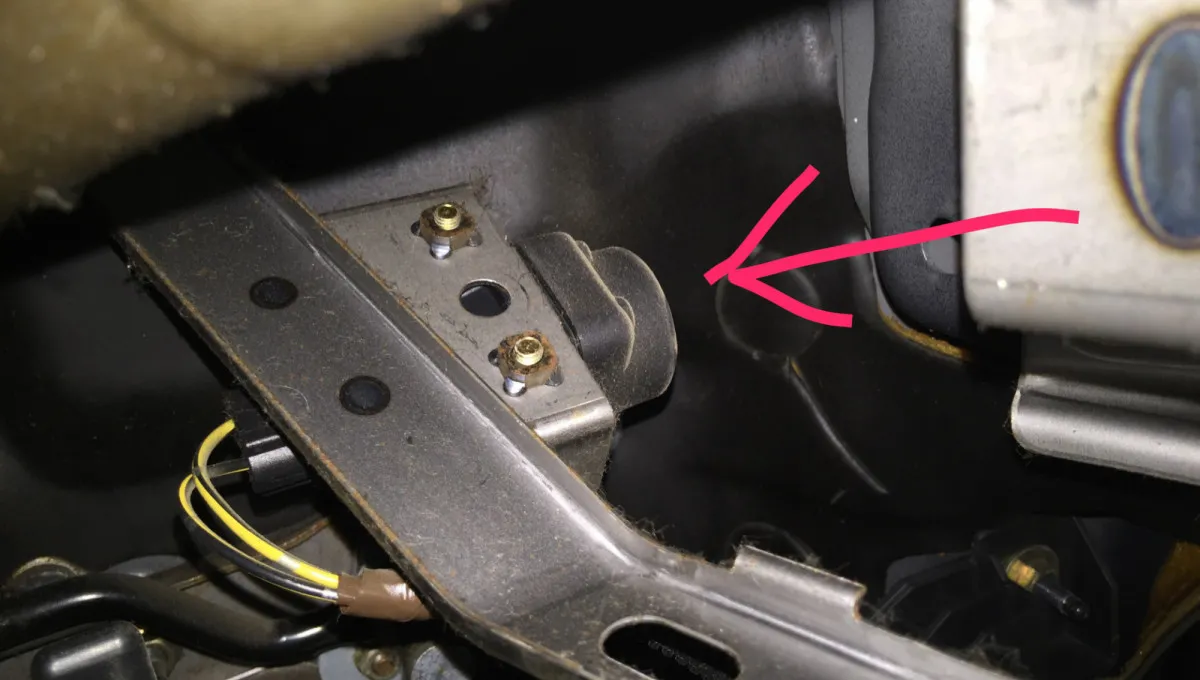
Mystery Button Hidden Under Most Car Dashboards — And Why So Many Drivers Don’t Know It Exists
Modern cars are packed with features and buttons whose purpose can be surprisingly hard to guess.
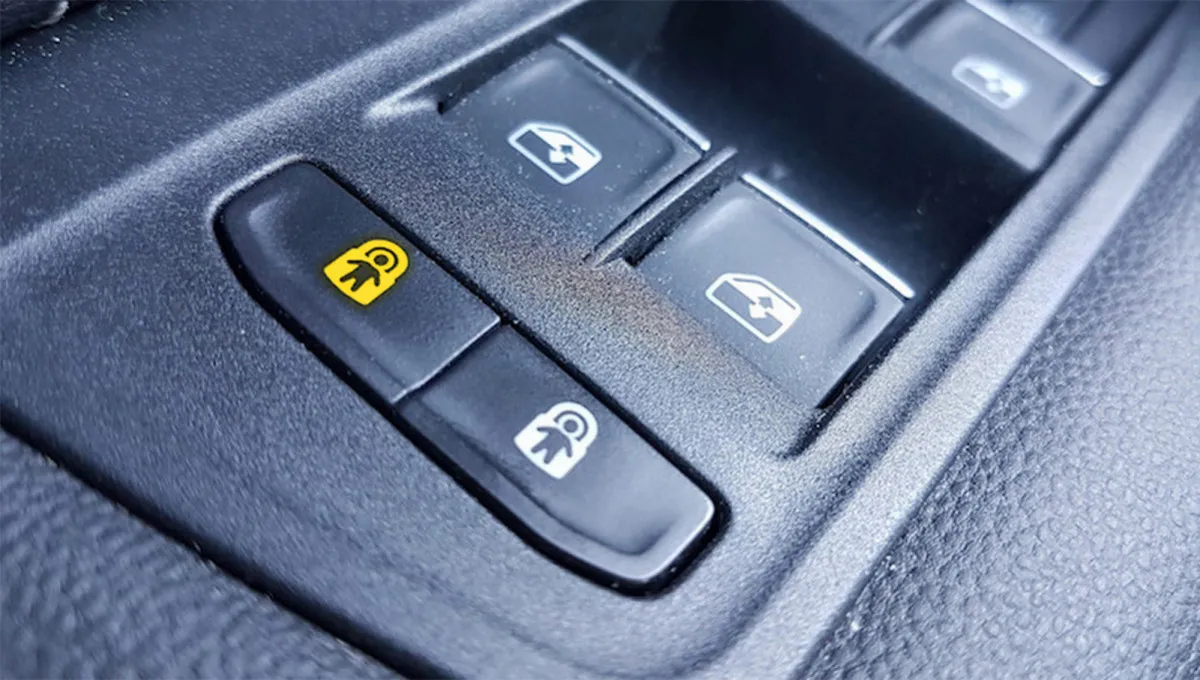
Astronaut Button: What This Mysterious Car Feature Actually Does
Some functions in a modern car make sense only after digging into the owner’s manual — and this little button is a perfect example.
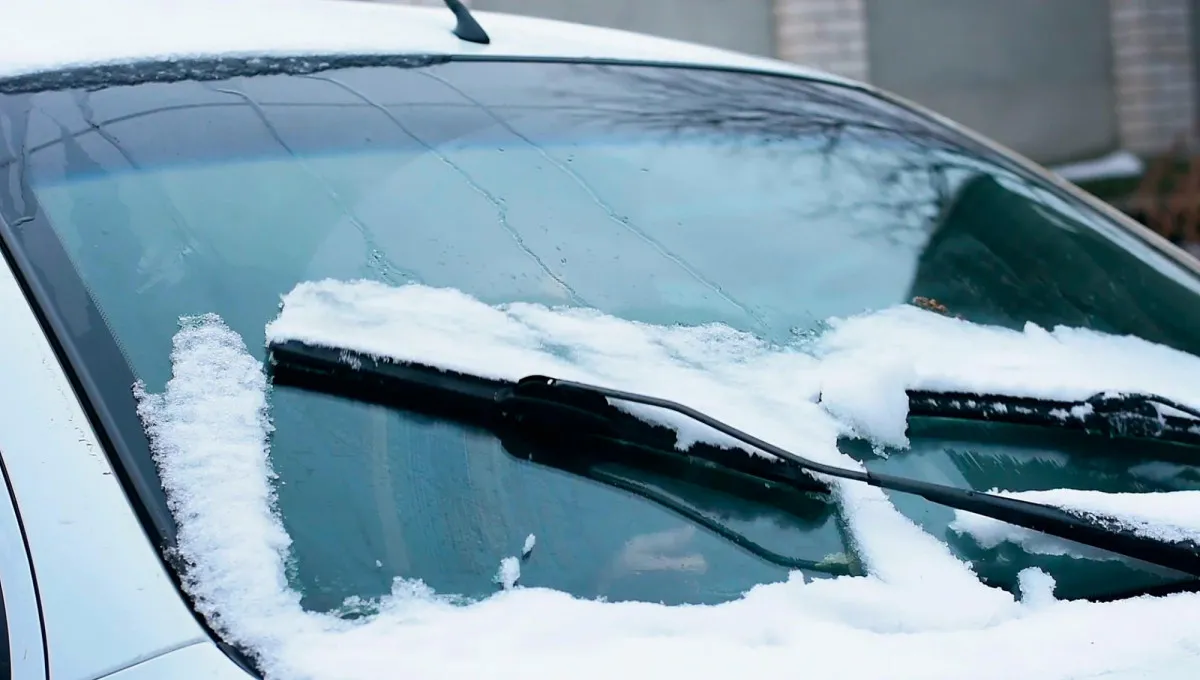
How to Activate Your Wipers’ “Winter Mode” — and Why It Exists
Many drivers can’t help wondering: is this a bug or a feature?
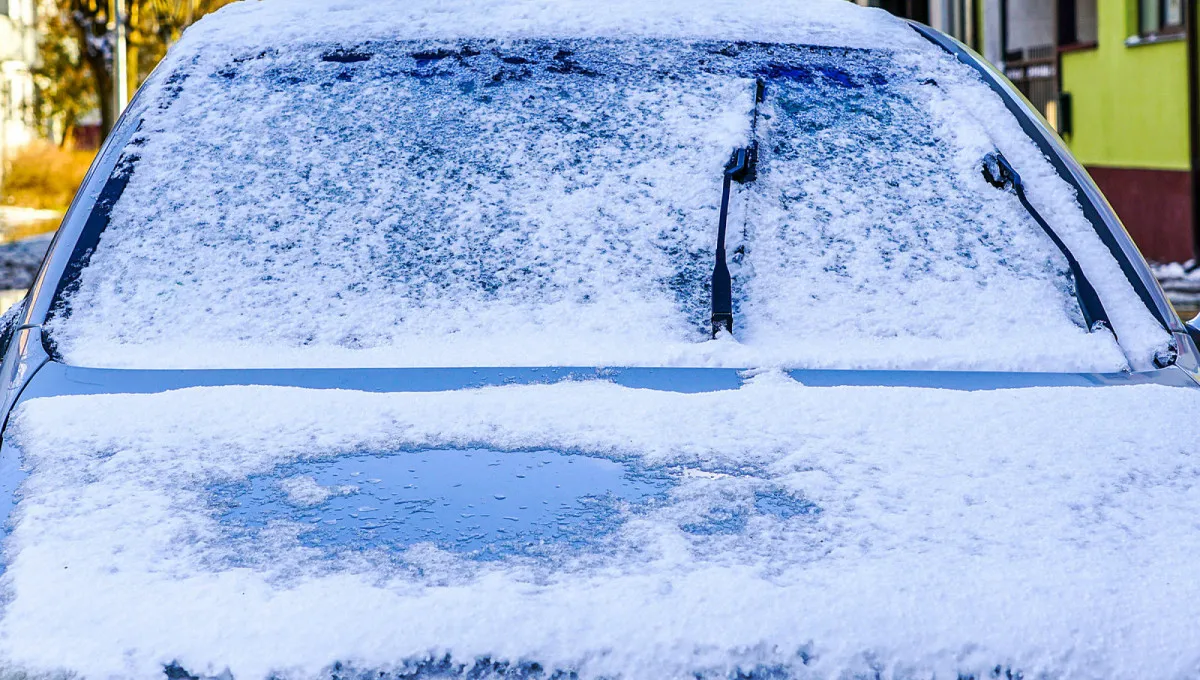
How to Protect Your Windshield from Ice: Helpful Tips and Personal Experience
How can you make sure your car’s windshield doesn’t turn into a sheet of ice overnight?